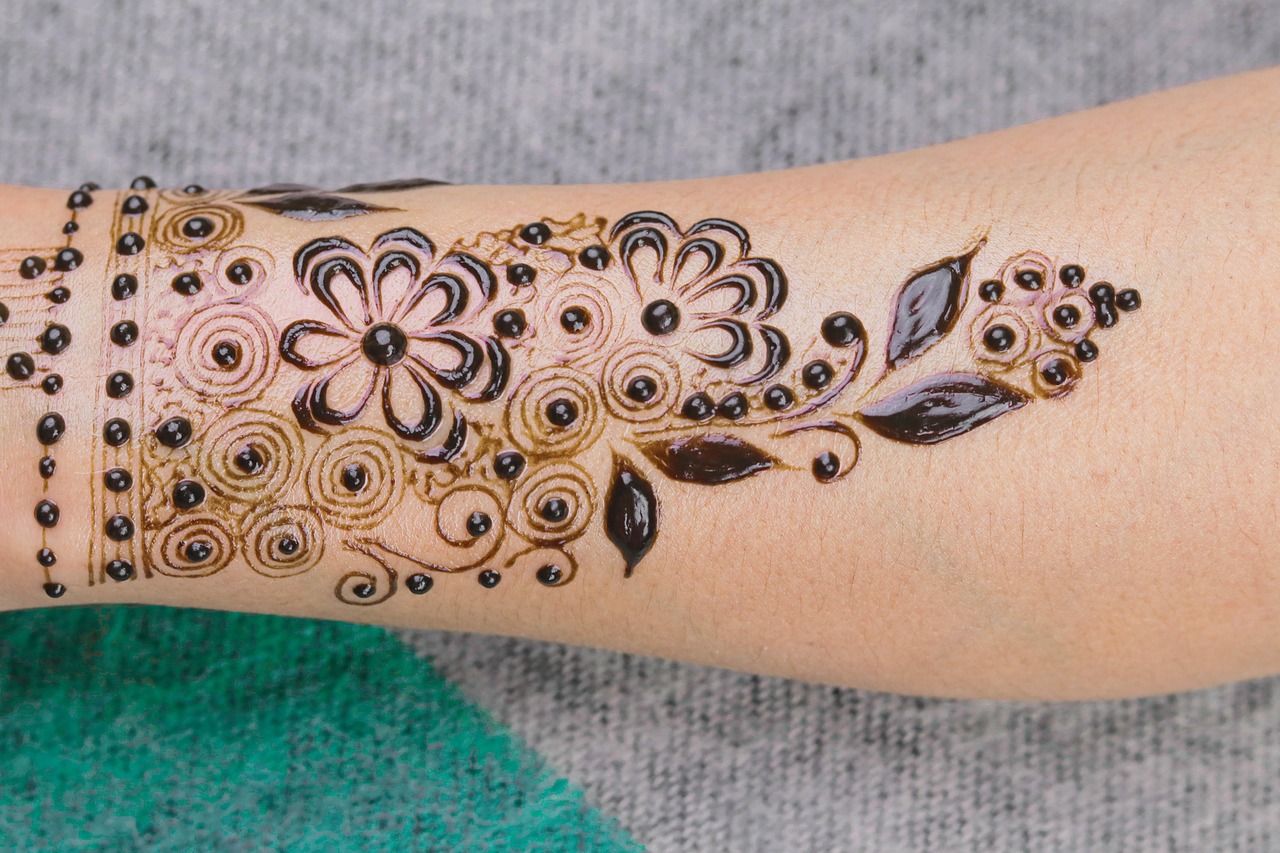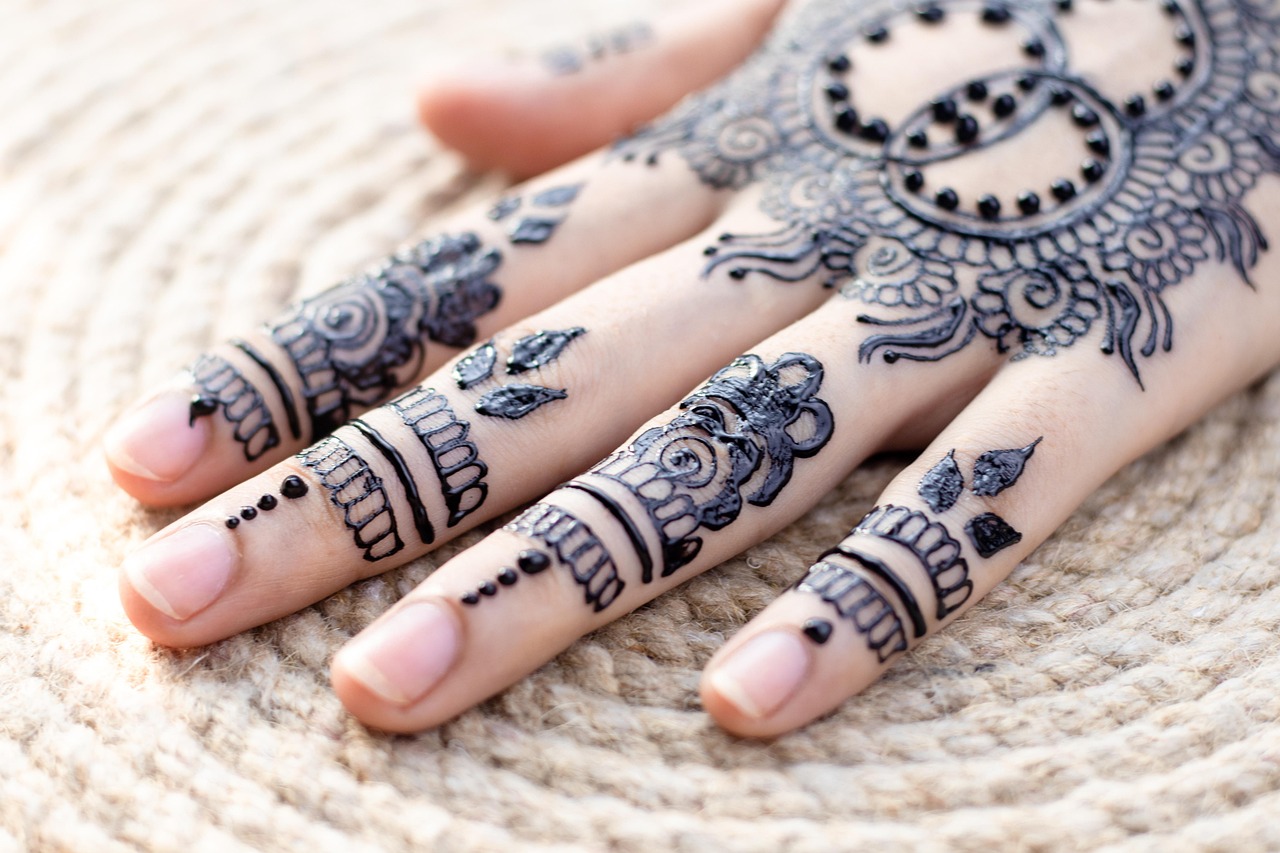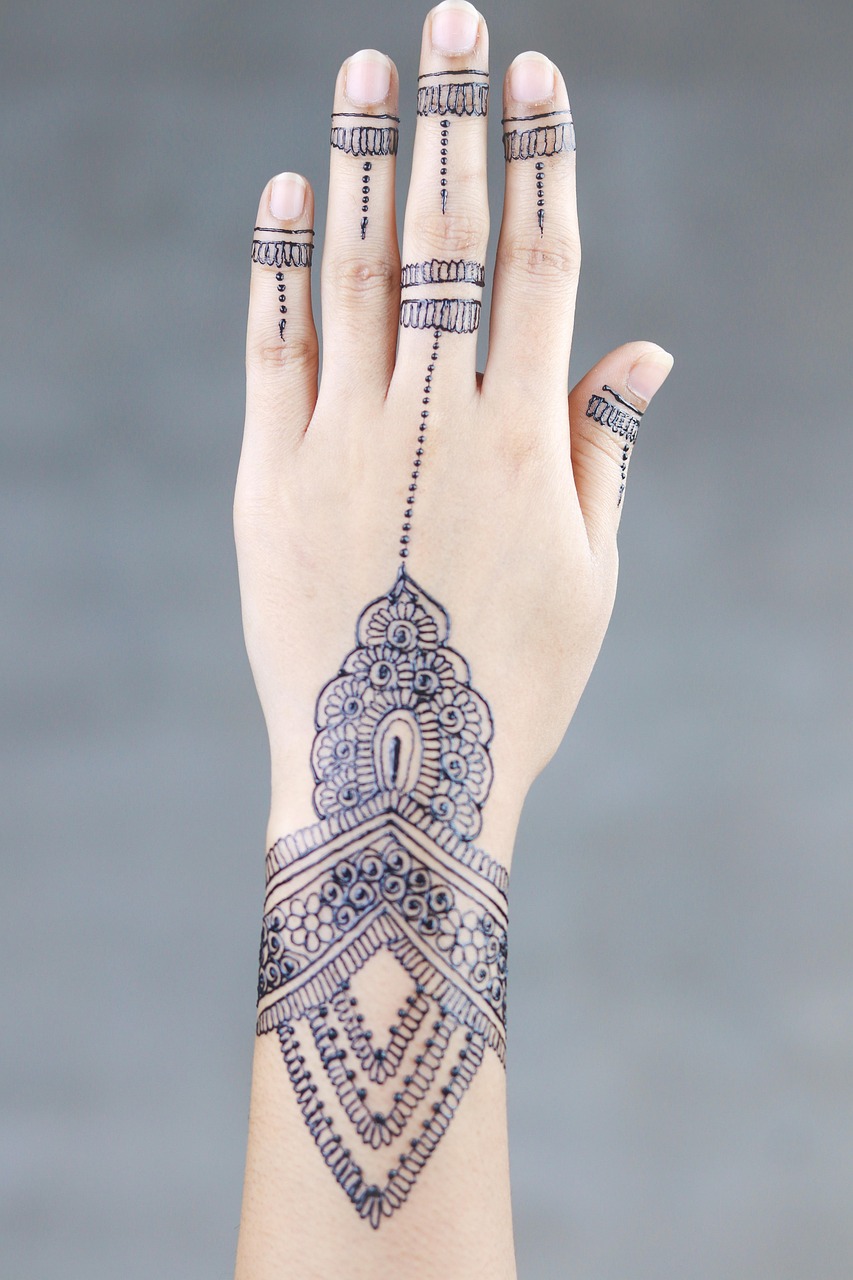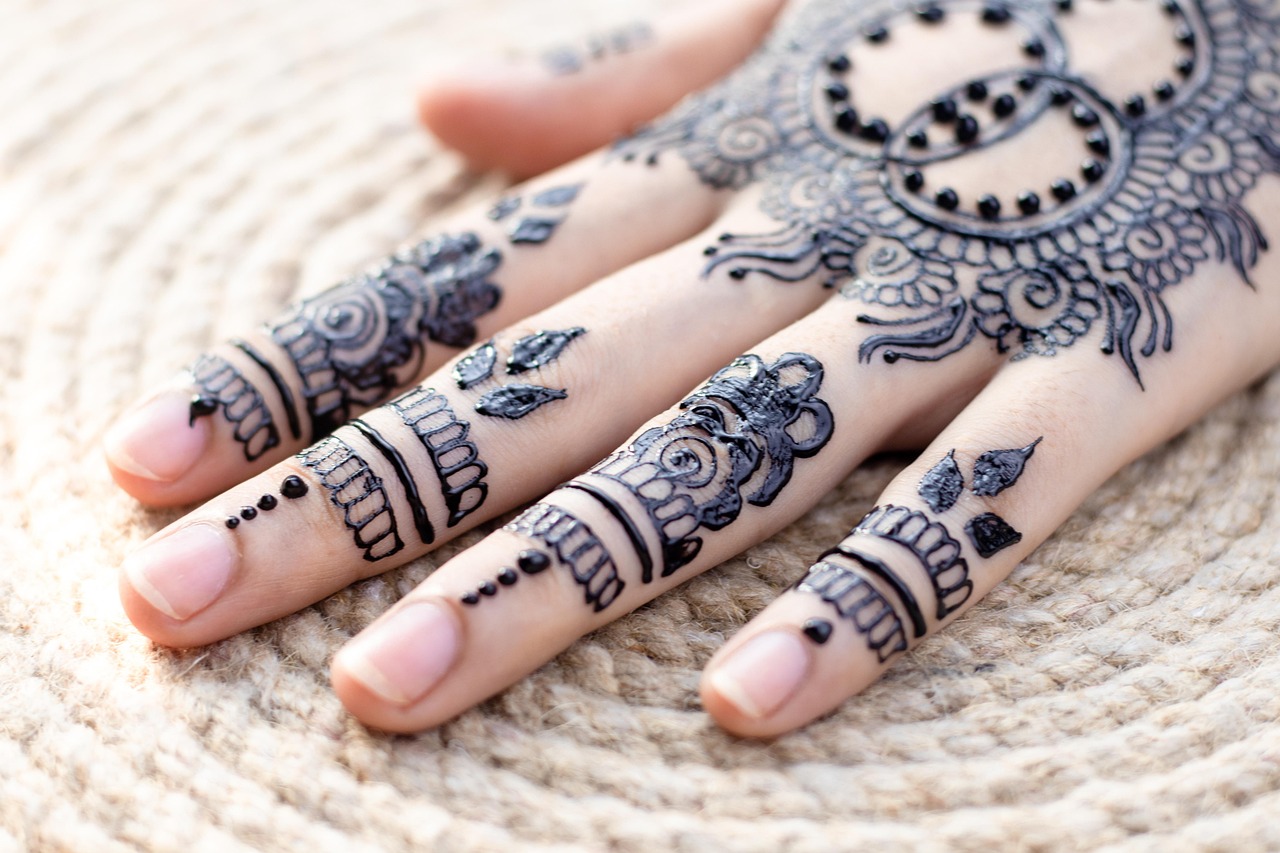Shaded Mehndi Design: Elevate Your Henna Art with Stunning Shading Techniques
Mehndi, a timeless tradition, has evolved over centuries into a stunning contemporary art form. Among its many fascinating styles, *shaded mehndi design* has gained massive popularity for its intricate details and 3D effect. These designs add depth, realism, and versatility, perfect for weddings, festivals, or casual occasions. But what exactly is a shaded mehndi design, and why should you consider it for your next special event?
Key Aspect of Shaded Mehndi Design
Shaded mehndi design involves a unique blend of light and dark henna strokes to create gradients and depth. Instead of flat patterns, these designs use shading techniques to provide a visual 3D effect, making floral, paisley, and geometric motifs stand out.
What Makes Shaded Mehndi Designs Unique?
Unlike traditional solid henna patterns, shaded mehndi incorporates subtle variations in color intensity, giving it a dynamic and modern appeal. Itâs ideal for brides who want their mehndi to have a striking yet elegant look.
Fact: Rising Demand for Shaded Mehndi in Bridal Fashion
Research from Vogue India shows that over 60% of brides now opt for shaded mehndi designs over traditional ones, celebrating the artistic aesthetic it brings to their wedding ensemble.
Tools and Techniques for Shaded Mehndi Design
Creating a shaded mehndi design requires skill, practice, and a few specialized tools. Artists often use cones with varying nozzle sizes, sponges, or even cotton buds to experiment with shading effects.
How Can Beginners Practice Shaded Mehndi?
Start by sketching basic patterns with henna, such as flowers or leaves. Gradually add layers by practicing gentle shading at the edges or inside the motifs. Many online tutorials and practice kits are available to help beginners master the craft.
Example: A Popular Shading Technique
One famous method involves drawing petals with darker outer lines and lightly filling the interiors for a gradient effect. According to expert artist Rashi Goel, âshading techniques should complement the pattern and not overwhelm it, especially for beginners.â
Tips to Rock Shaded Mehndi Design
Want to achieve flawless results with shaded mehndi? Here are some practical tips to elevate your designs:
- Invest in high-quality henna cones to ensure smooth application.
- Blend colors using natural henna and jagua for multi-tone effects.
- Keep a steady hand to control varying pressures for perfect shading.
Can Shading Work with All Mehndi Styles?
Yes, shading can be incorporated into various styles, including Arabic, Indian, and Moroccan patterns. Itâs a particularly beautiful addition to large floral motifs and abstract patterns.
Expert Tip
Celebrity mehndi artist Veena Nagda advises, âAlways test your shading technique on paper first. Planning your lines and gradients can make all the difference in achieving a balanced design.â



